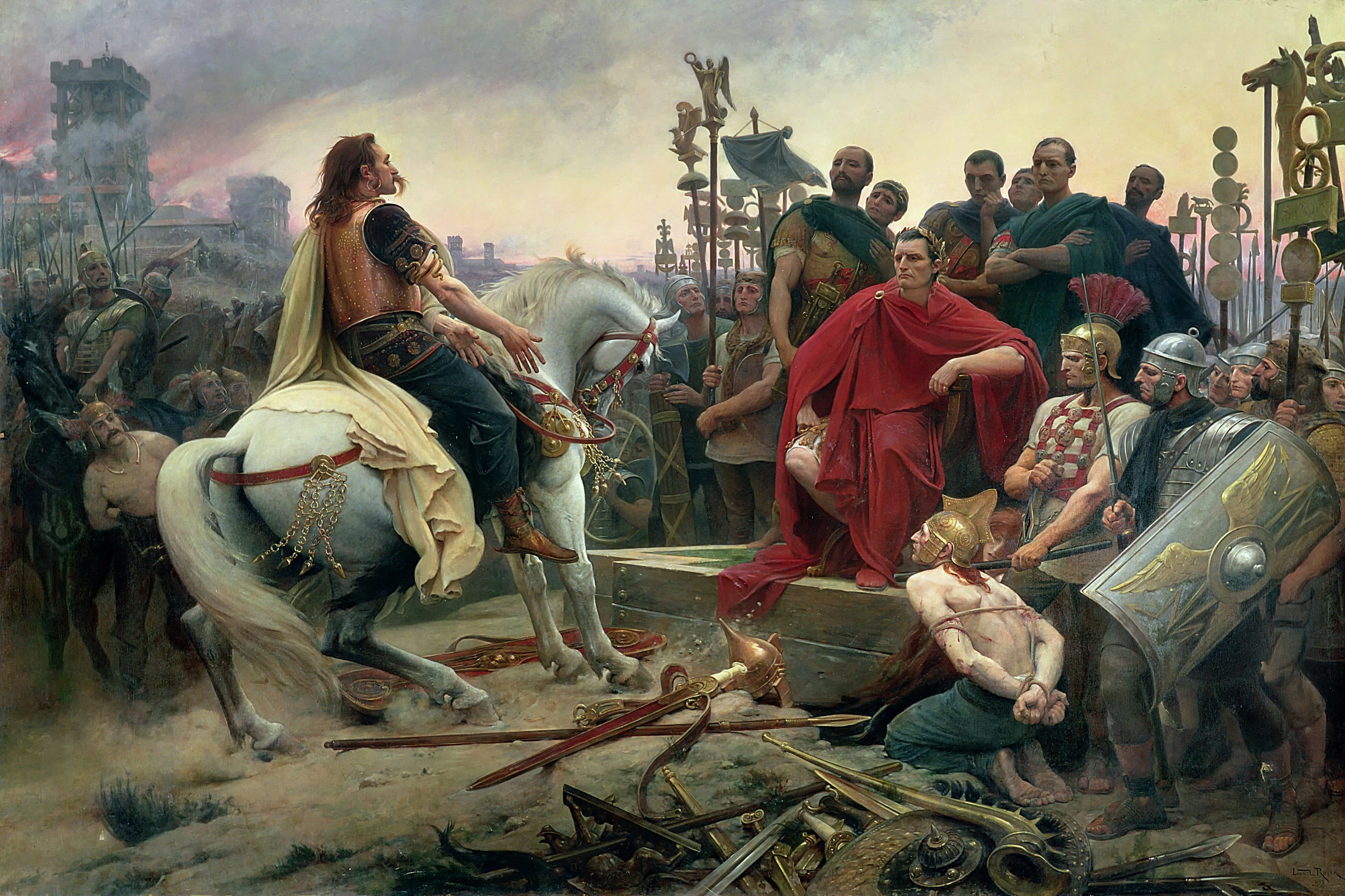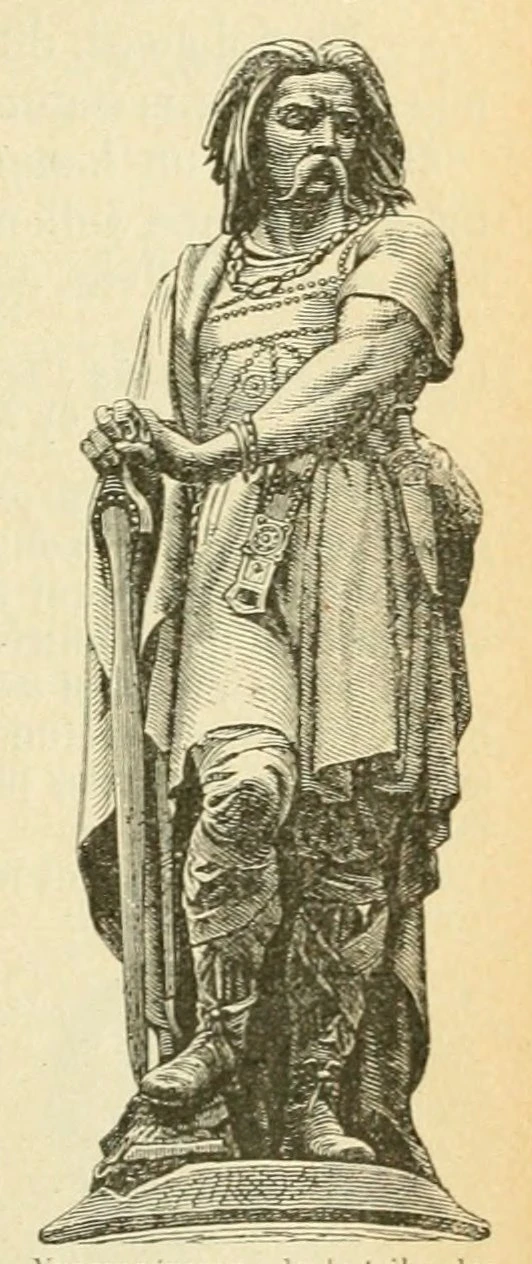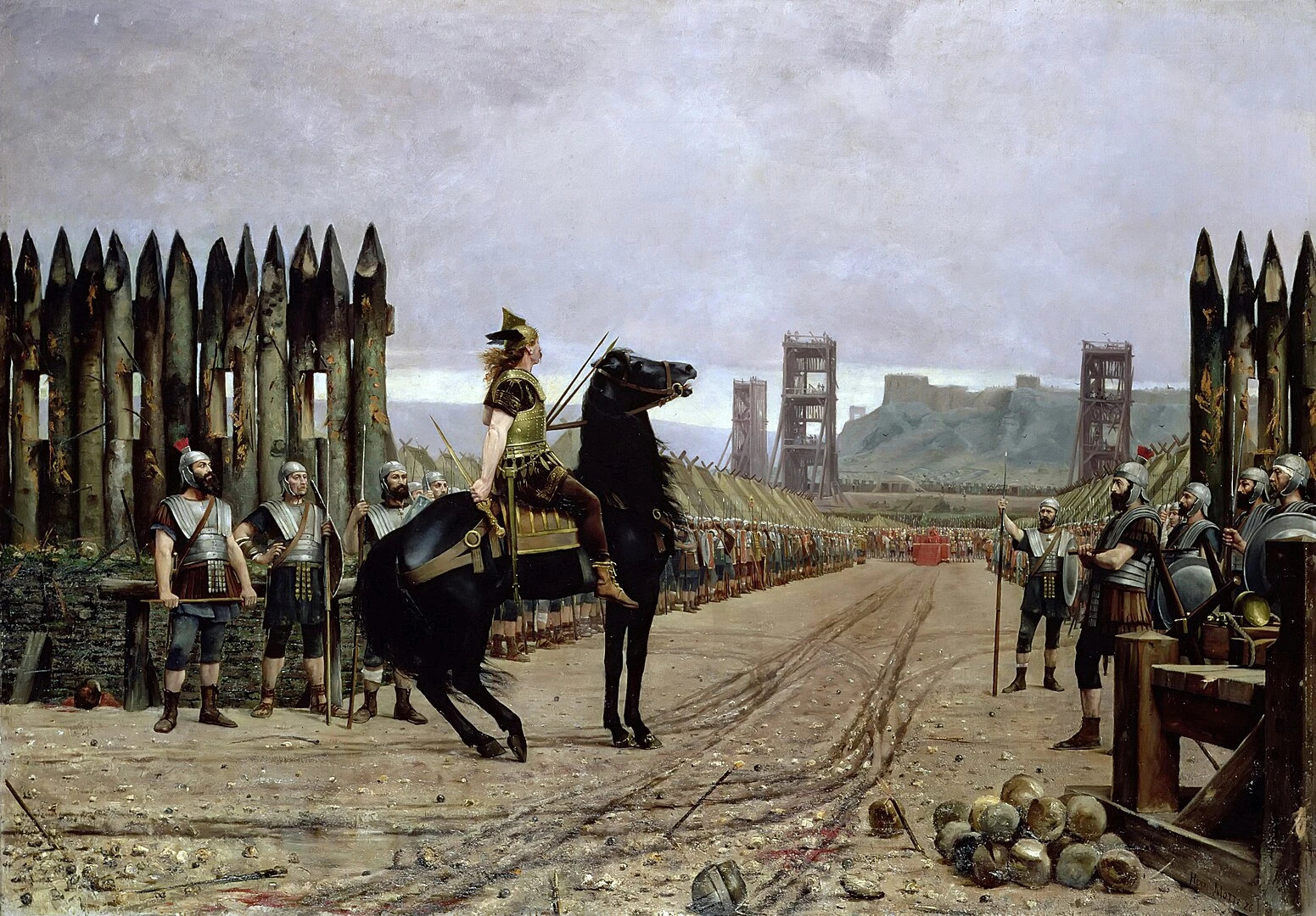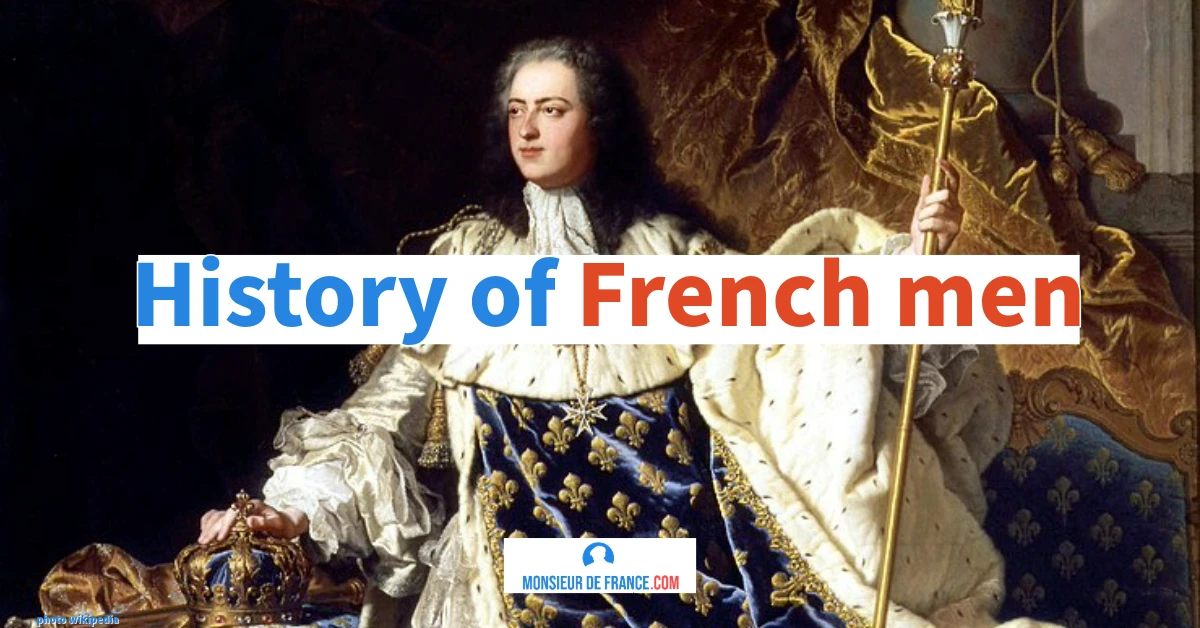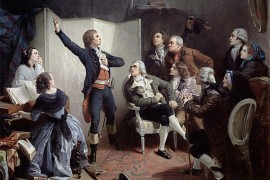A Gallic chief with an extraordinary destiny
Born around 82 BC, Vercingetorix was the son of Celtillos, a powerful chief of the Arvernes. His name, which means "great king of warriors", already illustrates the destiny that awaited him. From an early age, he established himself as a charismatic leader. As leader of his people, he soon took a central role in the Gallic resistance against Rome.
The great revolt of 52 B.C.
In 52 BC, Vercingetorix succeeded in uniting numerous Gallic tribes in the face of Roman domination. His strategy was formidable: practice the scorched earth, i.e. destroy crops and villages to deprive the enemy of resources. This tactical choice, as cruel as it was effective, took Julius Caesar by surprise. The Roman legions were weakened and the Gauls regained their confidence.
By Lionel Royer - CROZATIER Museum in Le Puy-en-Velay. - http://www.mairie-le-puy-en-velay.fr.http://forum.artinvestment.ru/blog.php?b=273473&langid=5, Public domain, https://commons.wikimedia.org/w/index.php?curid=1218850
The Gallic triumph of Gergovia
The battle of Gergovie, near Clermont-Ferrand, marks the apogee of Vercingetorix. Here, Caesar suffers one of his rare military defeats. The victory galvanized Gaul and strengthened the authority of the Arverne leader. For a time, Rome wavered and the idea of a free Gaul seemed within reach.
The defeat at Alesia, a turning point in history
But hope collapses at Alésia, in September 52 BC. Julius Caesar encircles the fortified town with an ingenious system of lines of fortifications. The trapped Gauls bravely resist. Despite the arrival of reinforcements, the Roman army triumphs thanks to its discipline and tactical genius. Vercingetorix, realizing that all was lost, chose to surrender to save his men.
Vercingétorix in the textbook Le Tour de la France par deux enfants (1877) Par G. Bruno, gravure Perot - https://archive.org/details/letourdelafrance00brunuoft Univ. of Toronto, Public domain, https://commons.wikimedia.org/w/index.php?curid=21950749
Captivity and death in Rome
Chained, Vercingetorix was taken to Rome. For several years, he languished in prison. In 46 BC, he was paraded during Caesar's triumph, before being executed. His tragic death sealed the end of Gallic independence, but his memory lives on.
Vercingetorix, a French national hero
It wasn't until the 19th century that Vercingétorix was reborn as a figure of national memory. At the instigation of Napoléon III, a large statue was erected at Alise-Sainte-Reine, the presumed site of Alesia. The image of the Gallic leader then became a symbol of resistance and national unity, celebrated in school textbooks and popular culture.
Heritage and memory
Even today, Vercingetorix continues to fascinate. His name evokes bravery, territorial defense and the spirit of freedom. In the French collective imagination, he embodies the first of the Resistance, the man who dared to defy Roman power in the name of his people.
Tourism / Alesia
For a cultural visit, don't miss the MuséoParc Alésia, in Burgundy, which lets you relive the famous battle through models, exhibitions and reconstructions. An ideal experience to better understand the story of Vercingetorix and his Roman adversaries.
Henri-Paul Motte, Vercingetorix surrenders to Caesar, Domaine public, https://commons.wikimedia.org/w/index.php?curid=65674940
FAQ : Vercingetorix and Alesia
Who was Vercingetorix?
He was an Arverne chieftain born around 82 BC, famous for uniting the Gallic tribes against Julius Caesar.
When did the battle of Alesia take place?
It took place in September 52 BC, and ended in defeat for the Gauls.
Why is Vercingetorix famous?
Because he led the greatest Gallic revolt against Rome and symbolizes the French resistance.
Where is Alesia today?
The site is located in Alise-Sainte-Reine, Côte-d'Or, Burgundy.
How did Vercingetorix die?
He was executed in Rome in 46 BC, after being held captive for several years.

